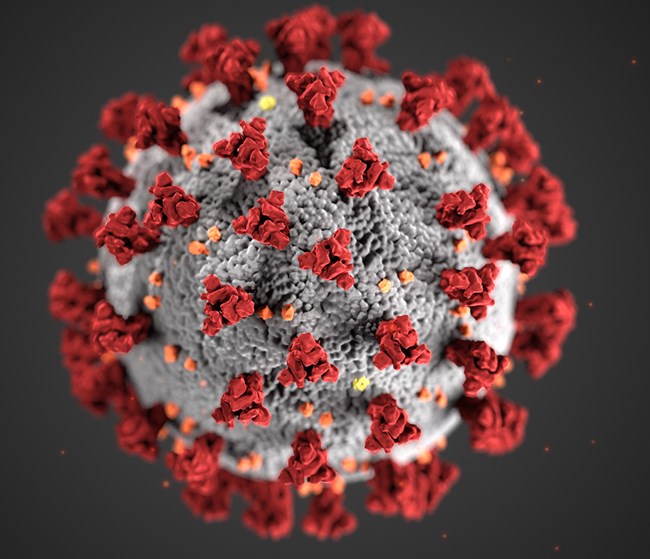
On the heels of retractions of papers based on data that has fallen under intense scrutiny, an emergency medicine group in Africa is withdrawing a tool that they built using data from the same company.
Lee Wallis, one of the editors in chief of the African Journal of Emergency Medicine, described the tool, built in a partnership with the African Federation for Emergency Medicine (AFEM) and Surgisphere, in an April 2, 2020 editorial. A PubPeer commenter noted the potential issues today (June 6), and Wallis responded there nearly immediately to say that the tool was withdrawn.
In a statement, AFEM writes:
Continue reading Group withdraws COVID-19 scoring tool based on Surgisphere data following NEJM, Lancet retractions





